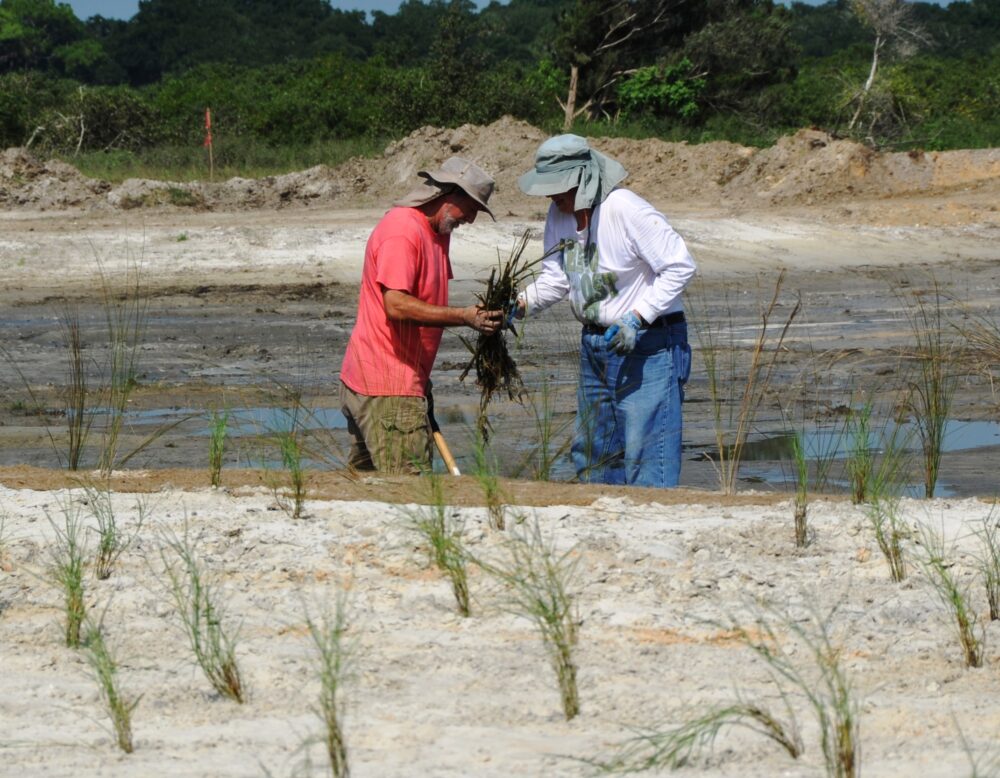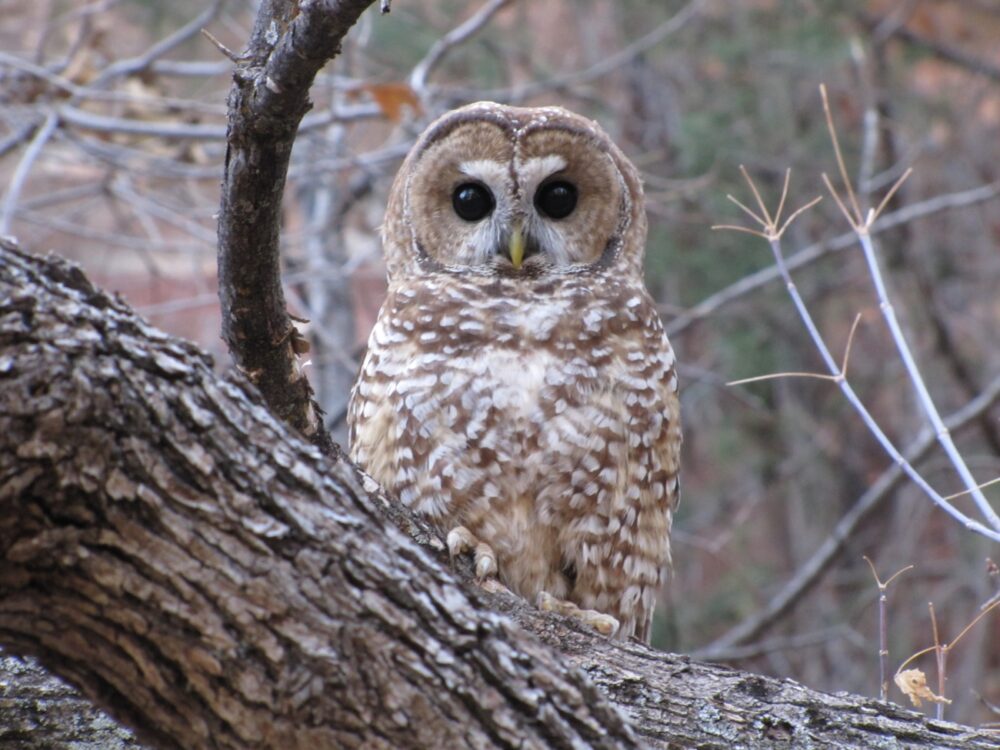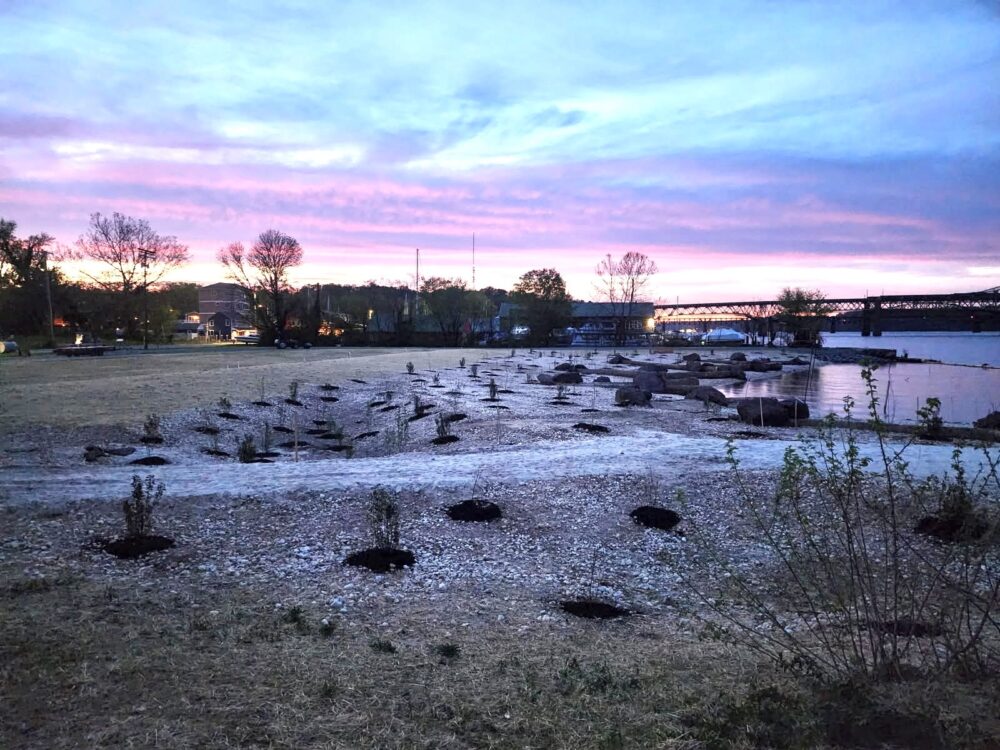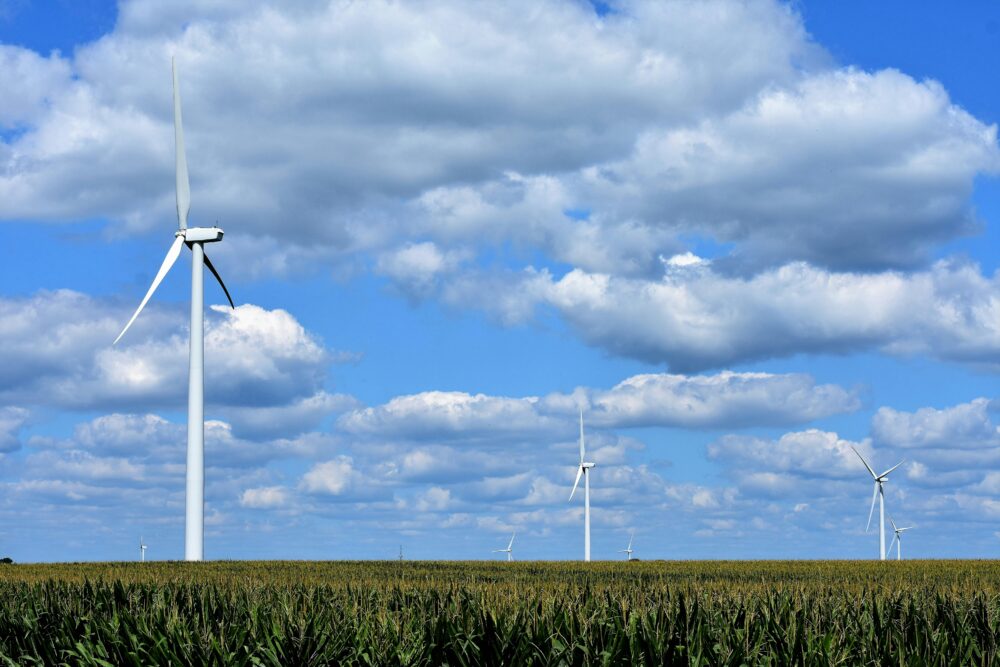We have much more to do and your continued support is needed now more than ever.
Intense Fires Threaten the Amazon
Part 1: Fires Expected to Increase Throughout the Summer
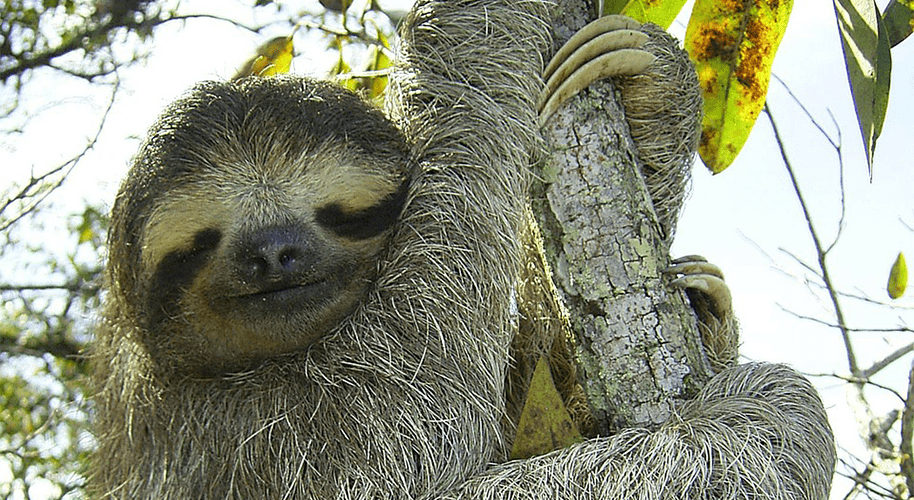
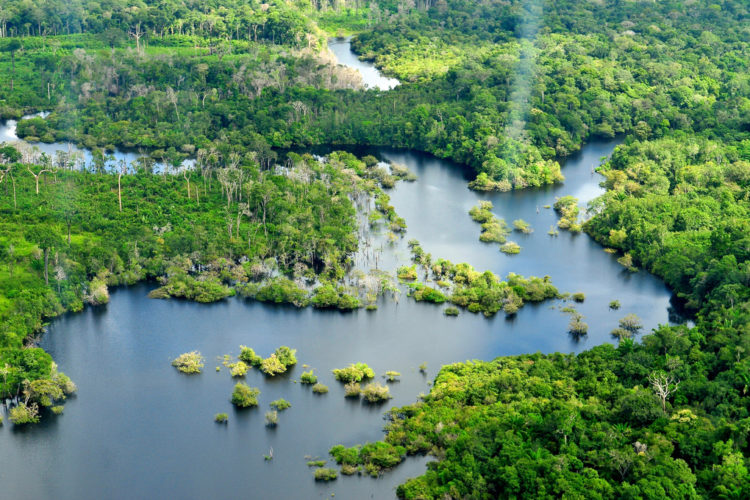
El Niño Could Exacerbate Fires
Although the dry season is a natural occurrence which begins every June and runs through the end of the year, El Niño has reduced Amazon rainfall over the past year and has left the forest much drier than usual. The extreme drought is expected to drastically increase and intensify fire activity this summer.
The troubling fact is that many fires are intentionally started. For example, in the Brazilian Amazon, forested land is often cleared using slash-and-burn practices (cutting and burning trees) to create more space for agriculture and cattle ranching.
In non-El Niño years, these human-induced fires can typically be contained, with lush vegetation helping prevent the spread of fires. But the impacts of El Niño exacerbate dry conditions, enabling fires to rapidly reach violent, devastating levels and escape intended burn areas. In fact, during the comparable 1998-1999 El Niño, fires in the Brazilian Amazon affected 13 times as much area as a non-El Niño year. That year, fires burned over 3.9 million hectares, an area equivalent to twice the size of New Jersey.
Widespread fires would not only destroy vital habitat for thousands of species, but would also have dire implications for human health, climate change, and the Brazilian economy. Scientists fear that an exceptionally intense fire season could also initiate an Amazon dieback, a scenario under which the rainforest dries out and begins to accelerate global climate change.
These impacts aren’t isolated to distant regions, however. Closer to home, El Niño poses a significant threat to forests in parts of Southern California, Arizona, and Hawaii. Despite the relatively wet winter, the U.S. Forest Service is expecting an extended and higher than average wildlife risk this summer.
Avoiding Another Devastating Fire Season
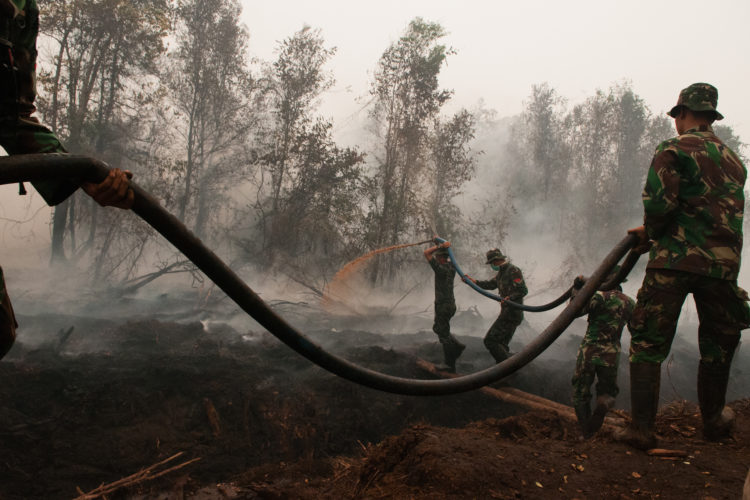
Last fall, the world witnessed how El Niño quickly escalated fire activity that destroyed a significant portion of Indonesia’s rainforests. Indonesia continues to deal with the aftermath of its 2015 fire crisis: enormous swaths of incinerated land, a population plagued with respiratory ailments, months of toxic haze pollution blanketing Southeast Asia, and animals like orangutans left malnourished, homeless, or orphaned.
Similar to the practices in Brazil, many fires in Indonesia are intentionally set to clear land for agriculture. As the Amazon region enters an unusually severe dry-season, exacerbated by the impacts of El Niño, the links between agriculture and forest loss are critically important.
The hope is that Brazil and other Amazon nations recognize this critical juncture and take action to avoid replicating last year’s environmental catastrophe. The National Wildlife Federation’s International team will continue to track developments in the Amazon throughout the fire season and provide updates on this important topic.



